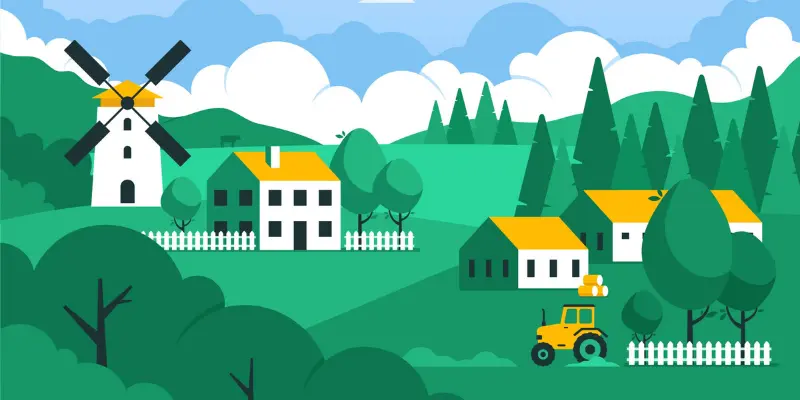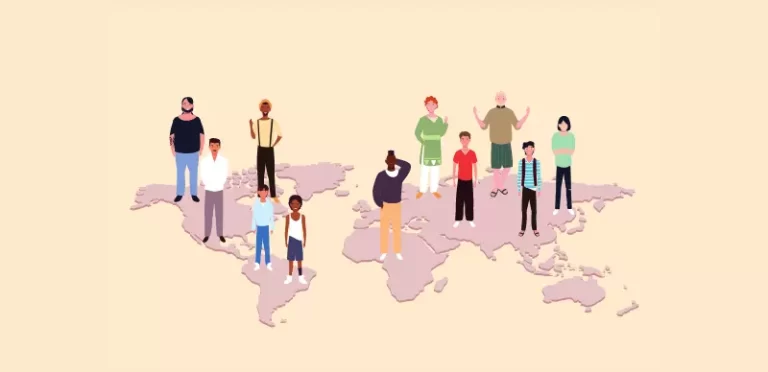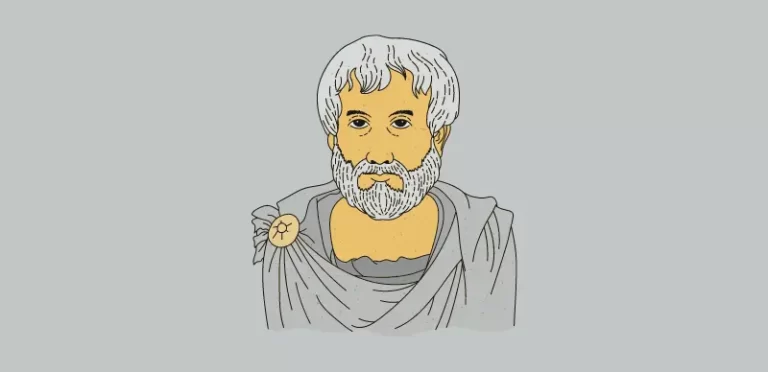Gram Panchayat – India is the largest democratic country in the world. India’s 81 percent of the population lives in rural areas, the father of the nation, Mahatma Gandhi, said that “the soul of India is in the village”. He dreamed of making India an ideal nation. The Gram Panchayat is the lowest level of the Panchayati Raj system. There are around 250,000 Gram Panchayats in India, Gram Panchayats are made up of one or more villages. Napasar is one of the largest Gram Panchayats in India, it is located in the Bikaner district in the Indian state of Rajasthan.
Formation of Panchayat
It is the executive branch of the village administration. Each village administration is divided into several wards. A Gram Panchayats has 11 to 25 wards. One person from each ward is elected as a ward member by an adult electorate. Each Gram Panchayat has three organizations; For example: – Pallisabha (ward), Gram Sabha (made up of all people), and Panchayat (all elected members). The 43rd Amendment to the Constitution regulates the Gram Panchayat elections of the State Election Commission.
It is the executive branch of the village administration. The sarpanch as its chief. He is directly elected by the electorate. In addition to the sarpanch, there is a naib sarpanch. He is elected by the ward members. Under the current system, if the sarpanch is a woman, the naib sarpanch will be a man. Sarpanch presides over Gram Panchayats meetings. In his absence, Naib Sarpanch presides. The improvement of the Gram Panchayat depends on the efficiency, loyalty, integrity, and duty of the Sarpanch. The term of the Gram Panchayats is five years. Where necessary, the government can dismantle it.
Functions of Gram Panchayat
The functions of the Gram Panchayats can be divided into two parts; For example: compulsory and optional. According to the Gram Panchayat Act, it has 22 mandatory and 25 voluntary functions. Some of these works are as follows –
Mandatory Work –
- Construction and maintenance of rural roads.
- The lighting system on village roads.
- Excavation and repair of ponds and wells in the village.
- Construction and repair of toilets, sewers.
- Collection of accounts of births, deaths, and marriages.
- Maintenance of public property.
- Development of common land assets.
- Extension of primary education and teaching.
- Agriculture and land conservation.
- Management and maintenance of panchayat property and buildings.
- Agricultural improvement and soil conservation.
Optional Work –
- Planting trees on rural roads.
- Establishment of Child and Maternal and Child Welfare Centers.
- Arrangements for the sale of agricultural products.
- Providing relief to the people during famines and natural disasters.
- Establishment of clubs and entertainment centers.
- The development of the cottage industry.
- Establishment of libraries in the villages.
- Development of cooperatives.
- Village forest control.
- Deserting uncultivated land.
- Fire prevention system



